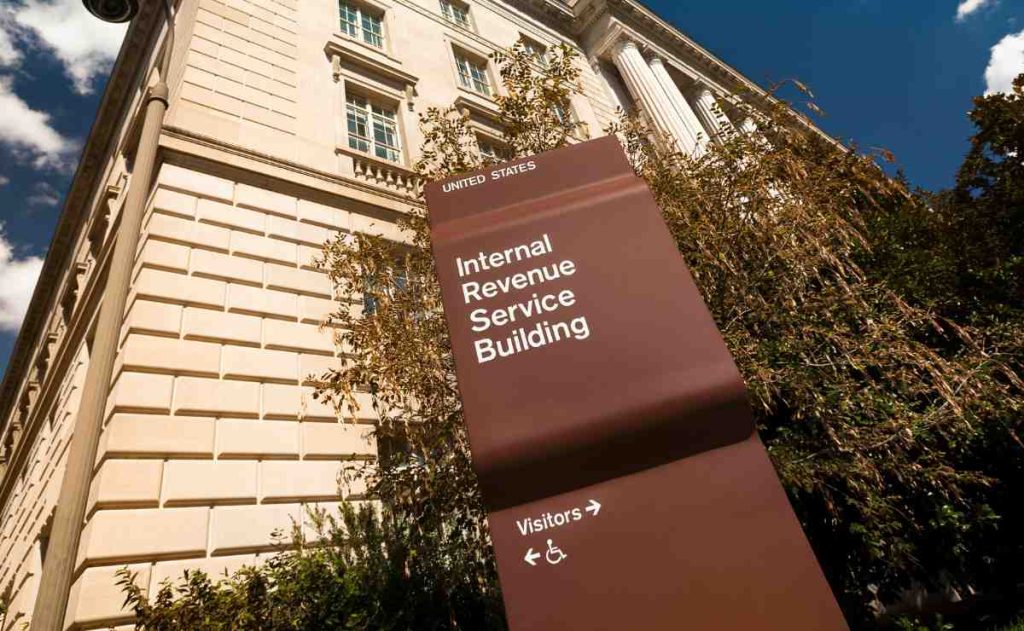The IRS has set time frames for issuing refunds, whether you opted for direct deposit or a mailed check. But if those windows close and your refund is nowhere in sight, there are steps you can take to uncover the delay. The IRS is already distributing the initial refunds for the 2024 tax season, revealing that these refunds are slightly smaller than those of the previous year.
Despite the size, receiving a bit of extra cash is always a pleasant surprise. The eagerness to get your hands on this money is understandable. However, it’s wise to exercise a bit of patience before reaching out to the IRS regarding a delayed refund. Your refund amount is tailored to your unique tax scenario. This year, the average refund amount was $1,395 as of February 2, a dip from 2023’s average of $1,963, per the IRS’s data.
IRS Refund Insights: Understanding Factors Affecting Your Tax Return Amount
After submitting your tax return and discovering you’re eligible for a refund, keep in mind that several factors could influence the final amount. Your refund could be partially or fully allocated towards obligations such as federal or state taxes, state unemployment debts, child support, alimony, or other non-federal debts, including student loans.
The IRS might also modify your refund amount upon reviewing your return. Should they adjust it, you’ll receive a notice detailing the changes and next steps. If the adjustment results in a higher refund than initially calculated, expect to receive a check for the difference.
Typically, the IRS issues refunds within 21 days. Those who file electronically and choose direct deposit usually receive their refunds more quickly. For taxpayers who file by paper or select a check for their refund, the wait can extend from six to twelve weeks post-filing.
What to Do Next With Delayed Tax Refunds
If you’ve waited more than 21 days or up to six weeks since filing and still haven’t seen your refund, the IRS encourages you to use their “Where’s My Refund?” online tool or the IRS2Go app to check your refund’s status before calling.
Finding no information on the “Where’s My Refund?” tool is uncommon if you’re expecting a refund. However, if you check and are still left with questions, contacting the IRS’s assistance line at 800-829-1040 is your next step. Be prepared with your filing date and confirmation that the IRS has approved your return, anticipating a refund.
